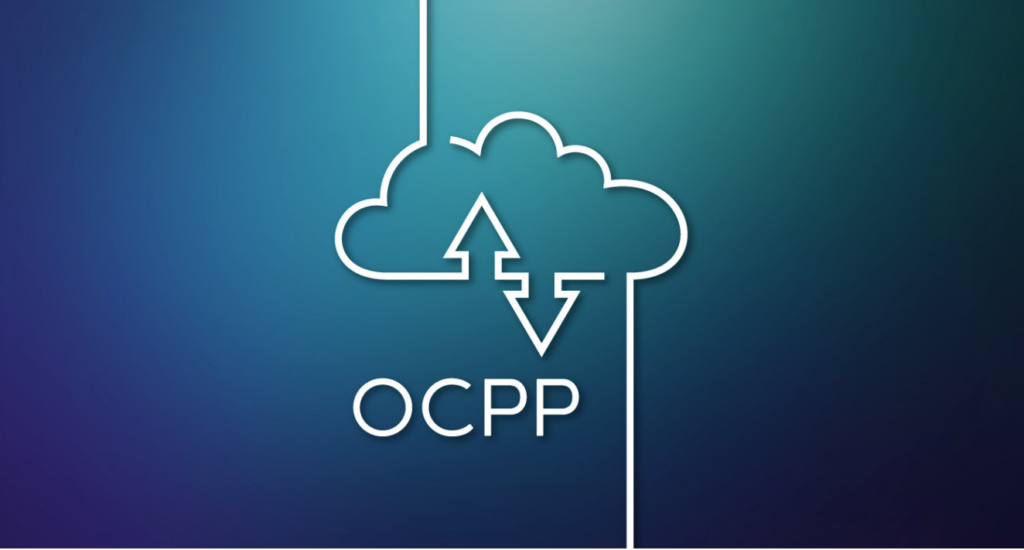
What is OCPP?
OCPP stands for "Open Charge Point Protocol" and is an open protocol for communication between charging stations for electric vehicles (EVs) and backend systems. The protocol defines a standard for the interaction between different components of the charging infrastructure to enable the interoperability of charging stations from different manufacturers.
How do wallboxes with OCPP work?
Setup and configuration:
- The wallbox is installed and connected to the power grid.
- The wallbox is connected to the Internet, either via a wired Ethernet connection or wirelessly via WLAN or mobile radio.
Registration with the backend system:
- The wallbox is registered with the backend system that supports OCPP. This can be the system of the charging station operator or a third-party provider.
Communication with the backend system:
- The wallbox and the backend system communicate via the OCPP protocol. The wallbox regularly sends status information, such as availability, charging power and error messages, to the backend system.
Remote control via the backend:
- The backend system can control the wallbox remotely. This enables functions such as starting, stopping or reserving charging processes.
Billing and data collection:
- The wallbox records charging data such as start time, end time, amount of energy and other relevant information.
- This data is transmitted via OCPP to the backend system, which can use it for billing and reporting purposes.
User interaction:
- Users can control the wallbox via mobile apps or other interfaces. Communication between the user and the wallbox often takes place via the backend system, which then forwards the instructions to the wallbox.
Is every wallbox and OCPP hardware compatible with every OCPP software?
The compatibility between wallboxes (charging stations) and OCPP software depends on various factors:
- OCPP version: OCPP exists in different versions, such as OCPP 1.2, OCPP 1.5, OCPP 1.6, OCPP 2.0, etc. The compatibility between wallboxes and OCPP software depends on which OCPP versions are supported by both the hardware and the software.
- OCPP profiles: OCPP defines various profiles that cover specific functions (e.g. smart charging) and capabilities. It is important to ensure that the implemented profiles are supported by both the wallbox and the OCPP software.
- Manufacturer-specific implementation: The exact way in which OCPP is implemented in hardware and software by a manufacturer may vary. Even if both sides support the same OCPP version, there may be differences in the specific details of the implementation.
- Certification: Some wallboxes and OCPP software may be certified by independent bodies to confirm compliance with OCPP standards. Certification can improve interoperability and ensure that the devices and software function in accordance with the OCPP specifications.
The PANTABOX supports OCPP 1.6, currently the most commonly used version.
What are the advantages of a wallbox with OCPP?
- Interoperability: Different charging stations can communicate seamlessly with each other and work together, e.g. to operate a joint load management system.
- Scalability: Easy integration of new functions and simple expansion of your own charging park with new wallboxes.
- Centralised control: Wallboxes can be controlled independently of the manufacturer via the backend and management system.
- Future-orientated: OCPP enables adaptation to evolving standards and technologies.
- Smart Home Integration: OCPP-compatible charging stations can be integrated into intelligent home automation systems. Customers can integrate their charging station into their smart home platforms (e.g. clever-PV) and thus further optimise their charging habits.
Do I need a wallbox with OCPP?
OCPP support is particularly relevant for commercial users who want to monitor and control several charging stations from different manufacturers via a backend system (e.g. companies, apartment blocks, hotels, etc.).
However, a wallbox with OCPP also makes perfect sense for private users who want to connect their wallbox to an energy management system.
However, a wallbox with OCPP also makes perfect sense for private users who want to connect their wallbox to an energy management system.
You can find out how to configure OCPP with the PANTABOX app in the instructions.